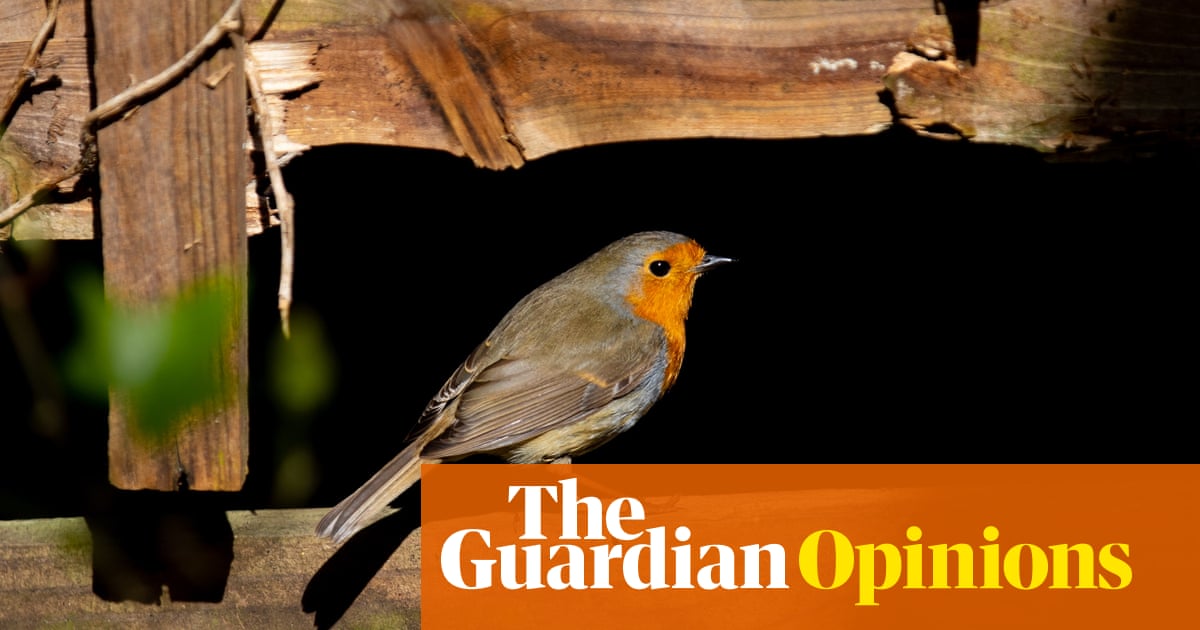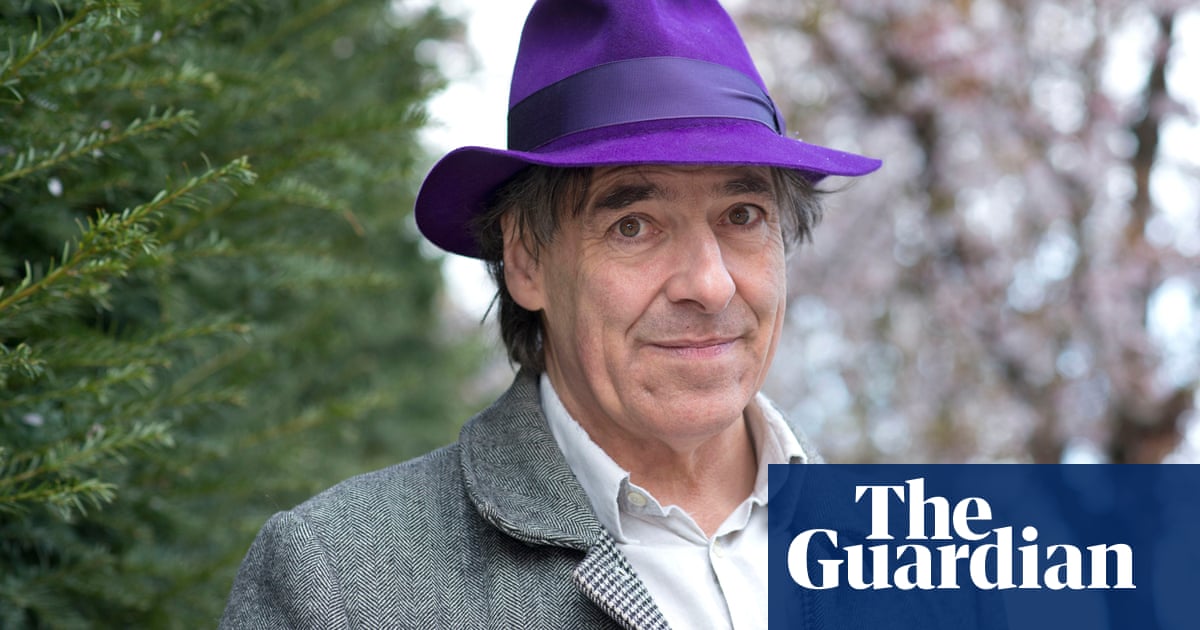
There stood, outside my front room window, until about a month ago, a proud little elder tree. A bough grew entwined with a towering hedge, separating our front garden from next door’s.
Mostly, to be fair, it was an ugly tangle of vegetation, out of place in our posh south London neighbourhood. But it was the perfect hiding place for prowling cats and skulking foxes, and a cosy roost for clumsy wood pigeons and darting songbirds. For years, we watched a saga of urban flora and fauna play out through the window of our living room: the burst of elderflower in the spring; the coming and going of swifts; the fluffy fat robins of winter.
Then, this summer, my children and I went for a few soggy days away in the Peak District, and came home to find our neighbour had had it all ripped out.
“Solastalgia” is a word coined by the Australian philosopher Glenn Albrecht in 2003, in an effort to articulate how people in New South Wales felt about vast tracts of the region being ripped apart by strip coal mining. It refers, he said, to the “distress produced by environmental change impacting on people while they are directly connected to their home environment”.
Not the snappiest definition, perhaps, but in the intervening two decades, solastalgia has gained broad recognition. It has been referenced by both the World Health Organization and the Intergovernmental Panel on Climate Change. The Verywell Mind website lists its symptoms, traits, causes and treatments. Several concept albums and a Spotify playlist are dedicated to the idea. And last month, I was asked to join a panel discussion about it in London.
According to Albrecht, those suffering solastalgia feel a sense of dislocation from their home environment, a melancholia; it is, he said, “the homesickness you have when you are still at home”. People interviewed by Albrecht spoke of their distress not only at the destruction of the land around them but its effect on their physical and mental health, and their frustration at their powerlessness to stop it.
Samrawit Gougsa, who works with the Land Body Ecologies research group, a network of academics and artists exploring the connections between mental health and ecosystem health, told me that solastalgia had provided the language to articulate the feelings of people, mainly in the global south, who were already confronted with the impacts of climate change and environmental destruction. It went beyond the usual sense of impending environmental doom that we feel in the west, she said, and gave a word to describe emotions in the face of already occurring environmental destruction.
But I found solastalgia a difficult concept to grasp; I struggled to apply it to my own experiences. It got me thinking: in a country like the UK – one of the world’s most nature-depleted places, where 85% of us live in cities, where the poorer you are the less nature you see – who really gets to experience solastalgia? The “home environment” of most people here doesn’t really include all that much environment, at least in the sense of the green stuff. Many people, I think it’s fair to say, are more likely to be “directly connected” to their phones than they are to the natural world.
Nonetheless, solastalgia, it occurred to me, has been a part of the rhetoric of UK environmental activism. Activists with Extinction Rebellion articulated something like it to me back in 2019, evoking, when I asked them why they had taken part in protests, images of “the dawn chorus dwindling to a solo”. Solastalgia featured in Extinction Rebellion’s origin myth: Roger Hallam, the group’s founding strategist, famously blamed the failure of his organic smallholding in Wales for his decision to study protest at King’s College London.
But research has shown these protesters to be drawn from very particular demographics: overwhelmingly older, well-off, middle class and university educated. And, in any case, in my conversations with them, it was clear that more than the situation we faced in the present, their concern was with the crop failures and heatwaves to come, more about whether their children and grandchildren would have a livable future than about the current state of the UK’s natural environment. The emotion that provoked their activism was not so much solastalgia as climate anxiety.
It was with these thoughts tumbling through my consciousness that I took my daughter and son for a few drizzly days in Derbyshire, one of the few parts of the UK that isn’t depleted of nature. We walked up hills and turned our faces to the wind. We found grasshoppers and watched buzzards circle in search of prey. We dipped our hands in clear stream water.
And so when we returned to our little flat in south London, with our connection to nature thus intensified, so was the shock we felt to find our own minuscule patch of wilderness annihilated. It no longer looked like our home. My daughter’s jaw dropped in grief and she mangled her words as she tried to articulate what had happened. My son, speechless, turned to face the wall of our house and wept.
For all our metropolitan disconnection from the natural world, that day we felt solastalgia too.
Damien Gayle is an environment correspondent for the Guardian












